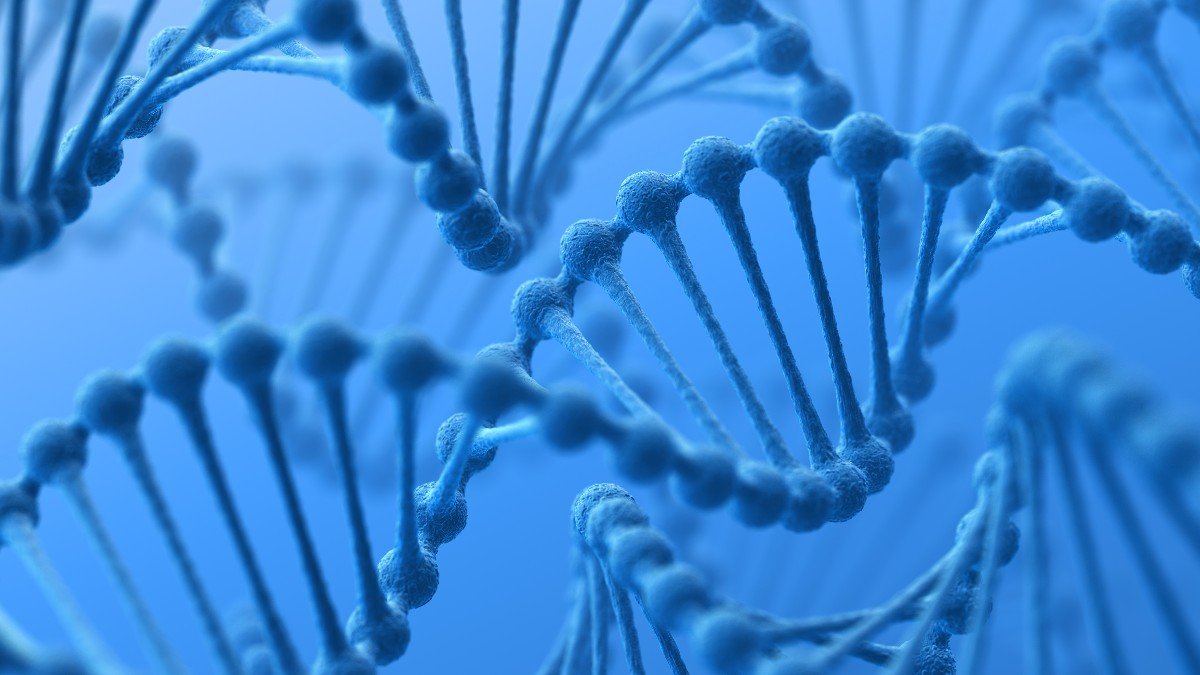Putting multiomics to work
Professor Inga Prokopenko shares how the University of Surrey is studying the new world of multiomics.

"At the University of Surrey we led a consortium examining the link between genetic make-up and the ability to process blood sugar effectively, which is informing diabetes research."
In 2003, to huge fanfare, the Human Genome Project announced that it had successfully sequenced the human genome: the approximately 2 billion bits of data that make up our DNA. In fact, the project was only 92 per cent completed. It wasn’t until 2022 that the missing data was published, drawing on technologies that weren’t available 20 years before to reach the parts that other systems couldn’t.
The extra eight per cent contains a wealth of vital information that was previously unavailable – the chair of the consortium that completed the work described it as being “like putting on a new pair of glasses” – scientists are already looking beyond the genome to other ‘omes’, like the transcriptome, proteome and metabolome.
While the genome provides the fundamental blueprint of the DNA in each cell, these other omes are more dynamic. The proteome, for example, is the complete set of proteins that a cell can produce – and it varies depending on environmental conditions.
The ability to map or sequence such proteins can then be used in the treatment of various diseases, such as certain cancers. When cells are found to be producing particular proteins, they can be used as a biomarker of the disease. Based on that information, proteomics can further assist in developing increasingly personalised combinations of medication to target the cancer. In fact, the most targeted medication comes from considering genomic and proteomic information when developing the ‘cocktail’ of drug treatments.
The transcriptome meanwhile provides insight into how active each gene in a cell is. This in turn provides clues as to what the purpose of particular genes may be. If a gene in a cancer cell shows unusually high (or low) activity, that could indicate that gene’s function is related to the cancer.
The data and findings from multiomic analysis can feed into treatment plans for individual patients. For tomorrow’s doctors, therefore, it will be vital to have an understanding of how multiomic analysis is conducted, what it can and can’t show, and what information about the patient is needed to be able to make informed decisions. At the School of Medicine at the University of Surrey, you’ll have the opportunity to participate in this analysis first hand, learn about the biobanks of data and how to access them, and understand more clearly the opportunities that multiomics offer.
Research at Surrey
At present, this kind of multiomic analysis is the province of researchers, using powerful computers and artificial intelligence to find patterns and correlations and spot anomalies in (very) big data – whether to predict susceptibility to disease, calculate the effectiveness of medication or anticipate toxicity. At the University of Surrey, we are part of this work: for example, we led a consortium examining the link between genetic make-up and the ability to process blood sugar effectively, which is informing diabetes research.
